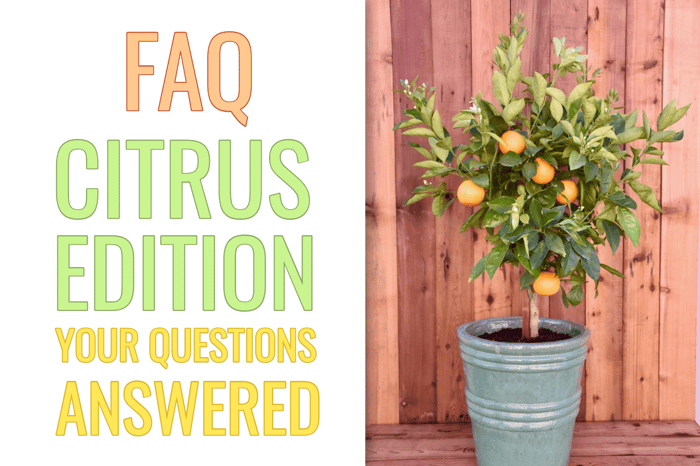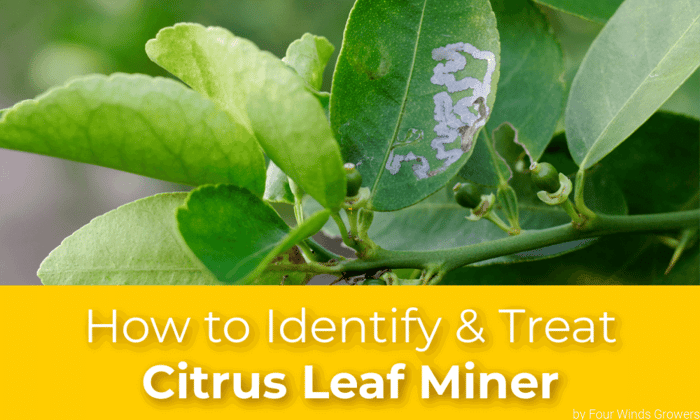Growing Citrus Trees:
When to fertilize your citrus trees: A monthly dose of our Romeo Fertilizer or composted chicken manure with added nutrients is especially important the first year as your citrus trees are getting established.
How to water citrus trees: Check the soil moisture by sticking your fingers into the soil. If the soil feels moist, there is no need to add water. Consistent watering is key to the success of your citrus tree but never let your soil get too soggy. A deep watering once a week should be sufficient for most varieties, skipping rainy weeks. Avoid watering the foliage and the trunk as this can promote disease.
What are common citrus fruit diseases?
Diseases in citrus trees manifest themselves in the form of fungi, bacteria, viruses, viroid, and mycoplasmas. The most deadly of the common citrus fruit tree diseases is Huanglongbing (HLB) previously known as greening disease that once infected, reduces the life expectancy of citrus trees to 5 years.
What are the black/yellow/brown spots on citrus leaves?
Citrus Greasy Spots are caused by an airborne fungus that establishes itself on wet decomposing fallen leaves. The fungus will then make its way into the tree with wind and rain. This causes leaves to have yellow spots with brown blisters that eventually create greasy black lesions.
A simple treatment is an organic copper fungicide available at your local garden center.
Are citrus trees self pollinating?
Most citrus flowers are self-fertile and don't need a pollinator to produce fruit. In most cases, you probably don't want a pollinator nearby as it will cause your tree to produce more seedy fruit.
How to prune a lemon tree:
To prune a lemon tree you want to start with clean tools that have been disinfected to reduce the spread of disease. Then you want to look for any branches that are dead, damaged, or diseased and remove those first. The next branches you want to remove are any that are coming up below the graft line and suckers coming up from the roots. Once you have removed the problem wood, you can trim it down to your desired shape and size. Try not to expose too much wood to the sun as lemons, like most citrus is susceptible to sunburn. In the case that you do expose too much of the trunk, you can always apply tree paint to protect your tree from sunburn.
Why does my lemon tree have thorns?
Lemons, like most citrus, evolved to have thorns to protect their tender, young branches from predators. If you are growing a seedless variety and you see thorns, then you want to check and see if the thorny growth is coming from below the graft. If this thorny growth is coming from below the graft then feel free to remove the thorny branch.
Why is it called a navel orange?
Navel Oranges get their unique name from the growth of a second fruit at their apex, which slightly resembles a human navel better known as your belly button.
Check out Growing Citrus for more information
Author: Israel Osuna




